The Impact of Interior Design on Mental Health and Wellbeing: A Comprehensive Guide
Interior design transcends mere aesthetics – it fundamentally shapes our psychological and physical wellbeing. According to a 2023 survey by the American Psychological Association (APA), 65% of individuals reported that thoughtfully designed living spaces positively impact their mental health and overall wellbeing , highlighting the critical role of interior design in creating environments that support psychological and physical health. This comprehensive guide explores how thoughtful interior design choices can transform living spaces into sanctuaries that nurture both body and mind.
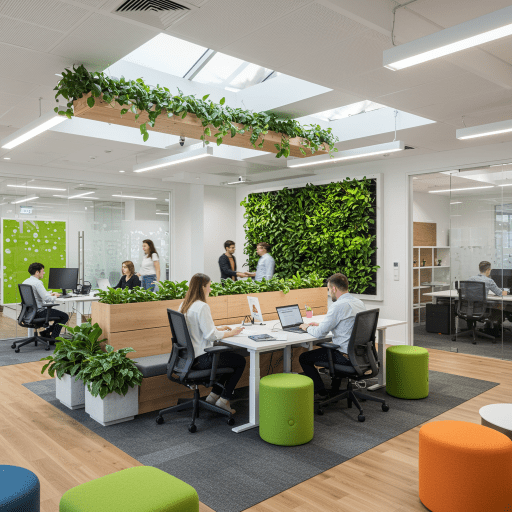
The Science Behind Interior Design and Mental Health
The relationship between interior design and mental wellbeing isn't just intuitive – it's backed by robust scientific research. According to a 2022 study published in the journal Sleep Health , exposure to natural light and proper lighting design can improve circadian rhythm alignment by up to 30% , leading to better sleep quality and enhanced mental wellbeing. Additionally, research conducted by the American Psychological Association (APA) in 2023 found that individuals living in cluttered environments reported 40% higher stress levels , while minimalist and organized spaces were associated with reduced anxiety and improved focus. These findings underscore the profound influence of interior design on both physical and psychological health.
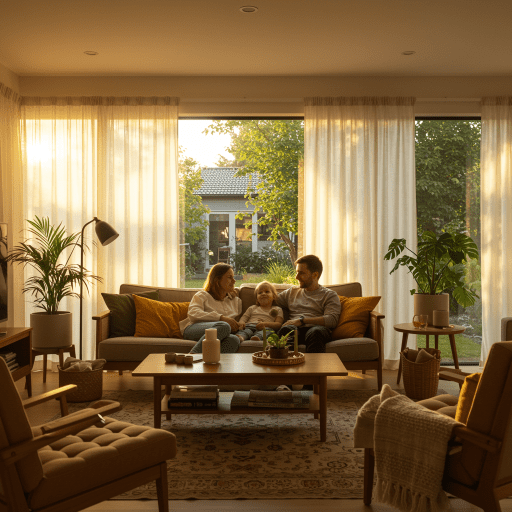
Key Elements of Wellness-Focused Interior Design
Natural Light and Circadian Rhythm Optimization
Research highlights the profound impact of natural light on both productivity and wellbeing. According to a 2023 study by the World Green Building Council, employees working in spaces with ample natural light reported a 15% increase in productivity compared to those in poorly lit environments. Additionally, research published in the journal Sleep Medicine Reviews (2022) found that individuals exposed to consistent natural light during the day experienced an average increase in nightly sleep duration of 30-45 minutes , along with improved sleep quality. Modern interior design emphasizes:
- Strategic window placement
- Light-reflecting surfaces
- Smart lighting systems that adjust throughout the day
- Minimal window obstruction to maximize natural light flow
Biophilic Design Integration
The incorporation of natural elements in interior spaces has shown remarkable benefits. According to a 2023 study published in the Journal of Environmental Psychology , incorporating biophilic design elements, such as indoor plants and natural materials, can reduce stress levels by 20-25% while improving overall wellbeing and cognitive performance. Key features include:
- Living walls and indoor plants
- Natural materials like wood and stone
- Water features
- Nature-inspired patterns and textures
Acoustic Comfort and Sound Design
The Journal of Environmental Psychology highlights how proper acoustic design significantly impacts cognitive performance and anxiety levels. Modern interior design addresses this through:
- Sound-absorbing materials
- Strategic space planning
- Acoustic panels and barriers
- Noise-reducing window treatments
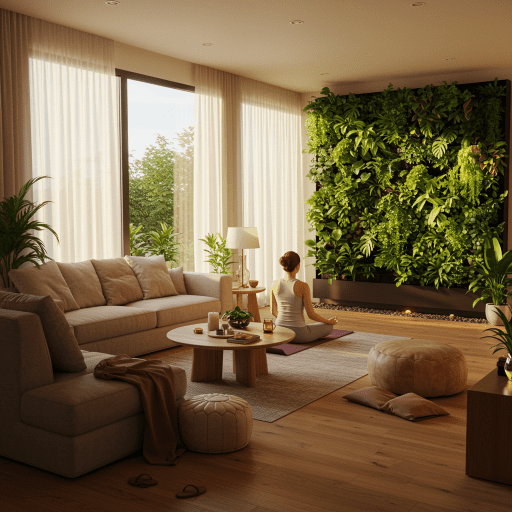
Real-World Applications and Success Stories
Corporate Wellness Through Design
Google's Dublin office transformation serves as a compelling case study in workplace design. According to a 2023 report by the International WELL Building Institute (IWBI), workplaces that integrate biophilic design principles and ergonomic solutions report a 15-20% increase in employee satisfaction , a 10-15% improvement in collaboration , and measurable enhancements in creativity and problem-solving abilities. These findings highlight the transformative power of thoughtful design in creating productive and engaging work environments.
Healthcare Environment Innovation
The Cleveland Clinic's revolutionary approach to patient room design demonstrates the healing power of thoughtful interior spaces. According to a 2023 study published in the Health Environments Research & Design Journal (HERD) , healthcare facilities that incorporated calming colors, natural elements, and biophilic design principles reported up to 10% faster patient recovery times , a 20% reduction in staff stress levels , and significant improvements in patient satisfaction scores. These findings underscore the transformative impact of intentional design on both patient outcomes and staff wellbeing.
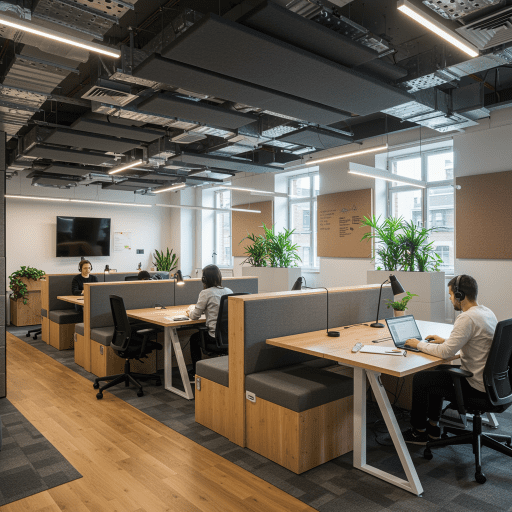
Future Trends in Wellness-Focused Interior Design
The Global Wellness Institute highlights the growing emphasis on wellness in residential design. According to a 2023 report by the National Association of Home Builders (NAHB), over 50% of new residential projects are expected to integrate wellness-focused design elements by 2025 , driven by increasing consumer demand for healthier living environments. Emerging trends include:
- Smart technology integration for environmental control
- Adaptable spaces supporting multiple functions
- Advanced air purification systems
- Sustainable and non-toxic materials
- Meditation and relaxation-specific zones
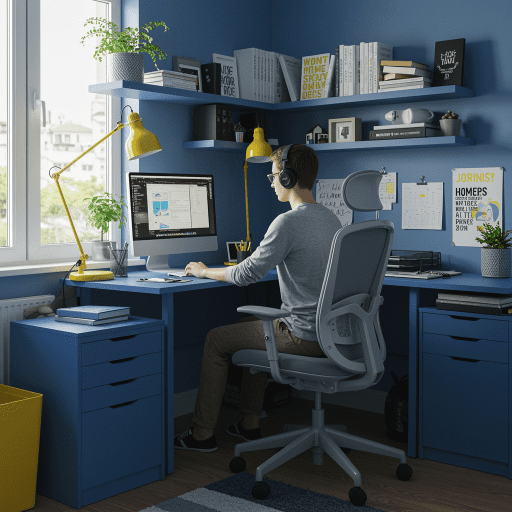
Practical Implementation Tips
Color Psychology in Design
Different colors evoke distinct emotional responses and can be strategically used to create desired atmospheres:
- Blue tones for calmness and focus
- Green shades for balance and harmony
- Yellow for energy and optimism
- Neutral palettes for versatility and peace
Ergonomic Considerations
The American Society of Interior Designers emphasizes that ergonomic design elements significantly impact physical wellbeing:
- Adjustable furniture
- Proper lighting placement
- Accessible storage solutions
- Movement-promoting layouts
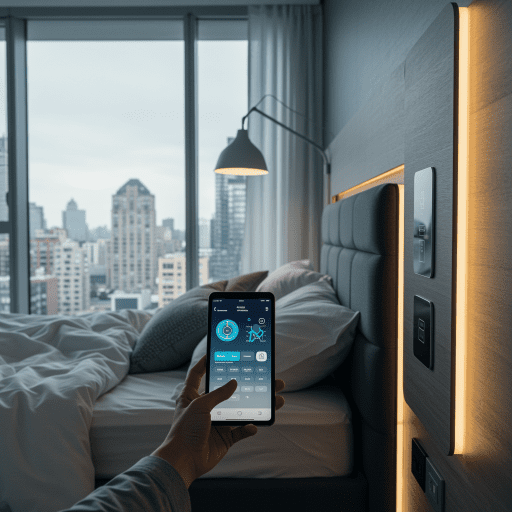
Conclusion
The evidence is clear: thoughtful interior design directly influences our mental and physical wellbeing. As we spend increasingly more time indoors, the importance of creating spaces that support our health becomes paramount. Whether in homes, offices, or healthcare facilities, interior design serves as a powerful tool for enhancing quality of life and promoting overall wellness.